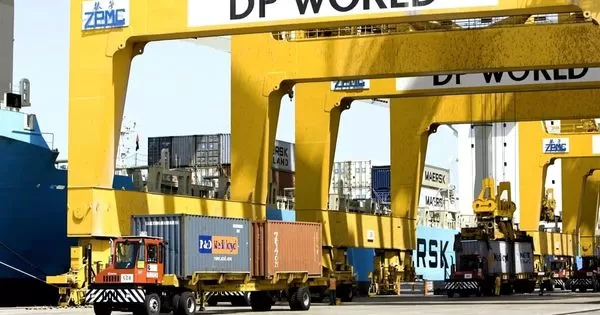Introduction
Global trade and the intricate web of supply chains hinge on efficient maritime transport, which remains the backbone of international commerce. Vietnam, with its thriving manufacturing sector and strategic location in Southeast Asia, plays a significant role in global trade. For Vietnamese exporters, connecting with the world’s key logistics hubs is crucial. Among these, Shanghai Port stands out as the most important and busiest container port globally. This article provides an in-depth exploration of sea transport from Vietnam to Shanghai, examining logistics strategies, challenges, advantages, and future prospects for businesses involved in international trade.
The Strategic Importance of Shanghai Port in Global Trade
Shanghai Port, officially known as the Port of Shanghai, has held the title of the world’s busiest container port since 2010. Handling over 47 million TEUs (Twenty-foot Equivalent Units) annually, the port is a critical gateway for goods moving between Asia, Europe, and North America. Located at the mouth of the Yangtze River, it is perfectly positioned to serve as a major hub for China’s vast industrial heartland and a key junction in the global supply chain. The port’s state-of-the-art infrastructure, extensive connectivity, and strategic location make it a vital node in international trade, facilitating seamless transitions between sea, rail, and road transport.
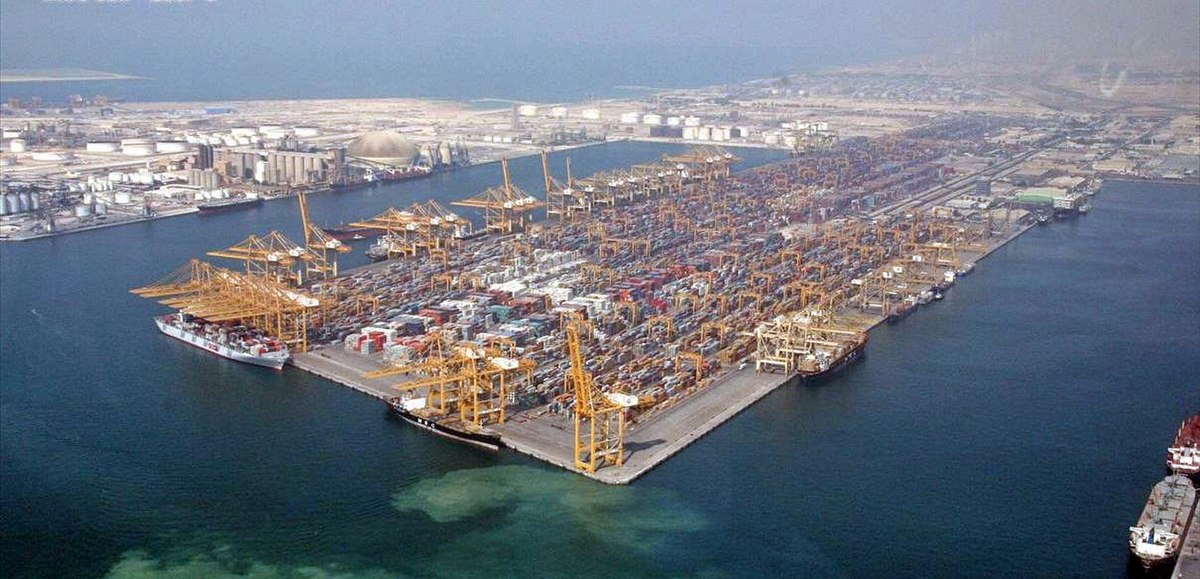
Shipping Routes and Key Vietnamese Ports
Vietnam’s key ports—Ho Chi Minh City (Cat Lai Terminal), Hai Phong, and Da Nang—are closely linked with Shanghai Port. These routes are part of established shipping lanes in the South China Sea, connecting Southeast Asia’s manufacturing hubs with China’s vast market and beyond.
1. **Ho Chi Minh City (Cat Lai Terminal) to Shanghai**:
This route is a prime choice for exporters in southern Vietnam, given its proximity to major industrial zones and easy access to shipping lanes. The Cat Lai Terminal, one of the largest and busiest in Vietnam, is a hub for containerized goods, facilitating regular sailings to Shanghai.
2. **Hai Phong to Shanghai**:
Northern Vietnam’s main port, Hai Phong, is a critical gateway for goods produced in the Red River Delta. The port’s direct connections to Shanghai make it a favored route for manufacturers and exporters looking to minimize transit times.
3. **Da Nang to Shanghai**:
The central port of Da Nang is increasingly becoming an important player in Vietnam’s logistics landscape. While not as busy as Cat Lai or Hai Phong, it serves central Vietnam’s burgeoning industries and links efficiently to Shanghai.
These routes typically involve a transit time ranging from 4 to 7 days, depending on the season, vessel schedules, and potential delays due to weather or port congestion.
Commodities Exported from Vietnam to Shanghai
Vietnam’s diverse economy is built on a wide array of industries,
many of which rely on sea transport for their export activities. The most prominent commodities shipped from Vietnam to Shanghai include:
– **Textiles and Garments**:
Vietnam is one of the world’s leading exporters of textiles and garments.
With global demand for apparel consistently high, a significant portion of these goods finds its way to Shanghai Port before being re-exported to other parts of the world.
– **Electronics and Components**:
Vietnam’s rapid rise as a major electronics manufacturing hub has made this sector critical for export.
Companies like Samsung, LG, and Intel have significant manufacturing bases in Vietnam, exporting products and components through Shanghai.
– **Agricultural and Aquatic Products**:
Rice, coffee, seafood, and other agricultural products are key exports from Vietnam.
Shanghai’s advanced cold chain facilities ensure that perishable goods maintain their quality during transit.
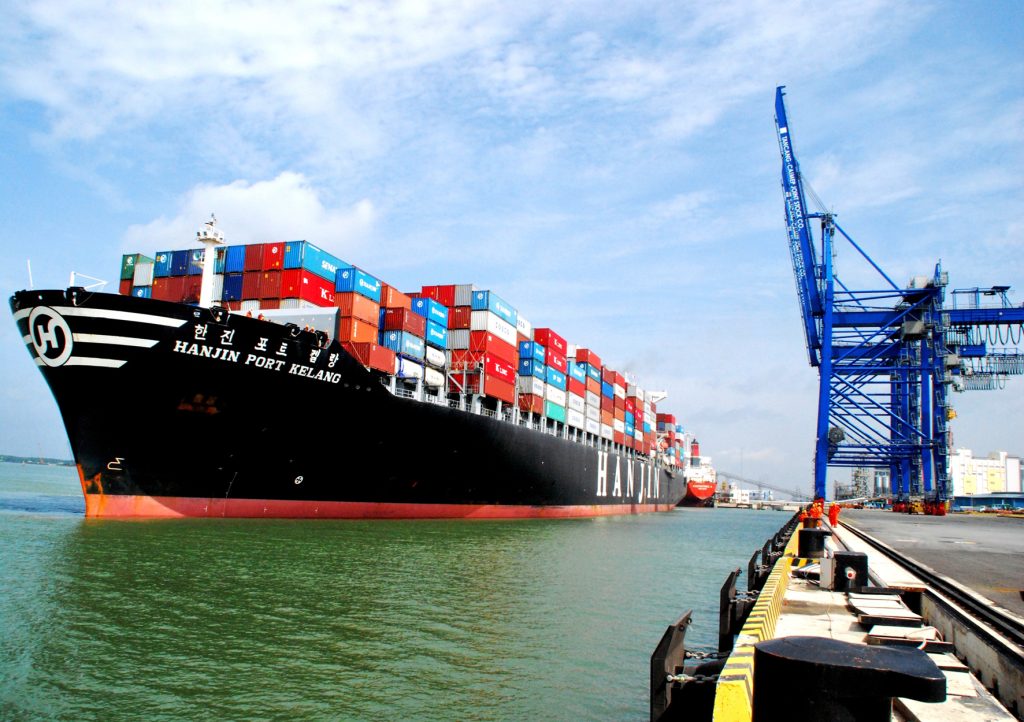
– **Furniture and Wooden Products**:
Vietnam’s furniture industry is another major contributor to exports.
High-quality wooden products are shipped to China, Europe, and North America through Shanghai.
Port Infrastructure and Logistics in Vietnam
The success of Vietnam’s sea transport is closely tied to its port infrastructure and logistics networks. Over the past decade,
Vietnam has invested heavily in upgrading its ports, expanding deep-water capabilities, and modernizing customs procedures to align with international standards.
– **Cai Mep-Thi Vai Port Complex**:
Located near Ho Chi Minh City, this deep-water port can accommodate some of the world’s largest container ships.
Its strategic importance has grown as Vietnam seeks to handle increasing volumes of direct shipping without transshipment.
– **Cold Chain and Warehousing Solutions**:
Vietnam’s growth as an exporter of perishable goods has driven the expansion of cold chain logistics.
Ports like Cat Lai are equipped with advanced refrigeration and warehousing systems to ensure that temperature-sensitive goods maintain their integrity during transit.
– **Customs and Regulatory Frameworks**:
Vietnam’s participation in global trade agreements,
such as the Comprehensive and Progressive Agreement for Trans-Pacific Partnership (CPTPP) and the Regional Comprehensive Economic Partnership (RCEP), has streamlined customs procedures,
reducing delays and enhancing trade efficiency.
Challenges and Considerations in Sea Transport to Shanghai
Despite the well-established routes and infrastructure, several challenges continue to affect sea transport between Vietnam and Shanghai:
– **Port Congestion**:
Shanghai’s status as the busiest container port globally often leads to congestion, especially during peak shipping seasons. Delays in berthing and container handling can disrupt supply chains and extend transit times.
– **Geopolitical and Trade Policy Risks**:
The shifting landscape of global trade, influenced by geopolitical tensions, tariffs, and trade restrictions, can impact the flow of goods. Exporters must remain vigilant about changes in regulations and trade agreements between Vietnam, China, and other trading partners.
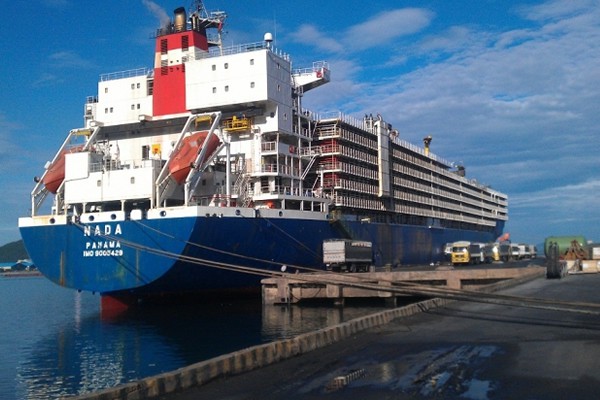
– **Environmental Regulations and Sustainability Initiatives**:
The global shipping industry is increasingly subject to stringent environmental regulations, including those aimed at reducing carbon emissions and adopting cleaner fuels. These regulations can lead to increased costs for shippers, impacting freight rates and overall logistics costs.
Freight Costs and Economic Considerations
Freight rates on the Vietnam-Shanghai route fluctuate based on a variety of factors,
including fuel prices, container availability, and demand patterns.
Shippers have options ranging from basic port-to-port services to comprehensive end-to-end logistics solutions that include customs clearance,
warehousing, and last-mile delivery.
– **Seasonal Variability in Rates**:
Peak seasons, especially around the Lunar New Year, can drive up freight rates due to heightened demand and limited vessel capacity.
– **Fuel Surcharges and Environmental Levies**:
The adoption of cleaner fuels and compliance with International Maritime Organization (IMO) regulations have introduced new cost structures, including fuel surcharges that are passed on to shippers.
– **Container Shortages**:
Global container shortages, often triggered by supply chain disruptions, can lead to higher costs and delays. Maintaining close coordination with logistics providers is essential for managing these risks.

Future Outlook and Opportunities
The trade route between Vietnam and Shanghai will continue to be a cornerstone of regional and global commerce.
With ongoing investments in port infrastructure,
digitalization of logistics, and deeper economic integration through trade agreements,
businesses in Vietnam are well-positioned to leverage these connections.
– **Digital Transformation in Logistics**:
The adoption of smart logistics systems, digital tracking, and blockchain technologies is revolutionizing sea transport. Real-time tracking and data analytics are helping companies optimize their supply chains, reduce lead times, and improve inventory management.
– **Expansion of Free Trade Zones (FTZs)**:
Both Vietnam and China are expanding their free trade zones, offering businesses more favorable terms, reduced tariffs, and simplified customs procedures. These zones, particularly around major ports like Shanghai, create additional opportunities for manufacturers and exporters.
– **Sustainability and Green Shipping Initiatives**:
As environmental concerns become more pressing, there is growing interest in adopting greener shipping practices.
Companies are exploring carbon-neutral shipping options, energy-efficient vessel designs, and alternative fuels to align with global sustainability goals.
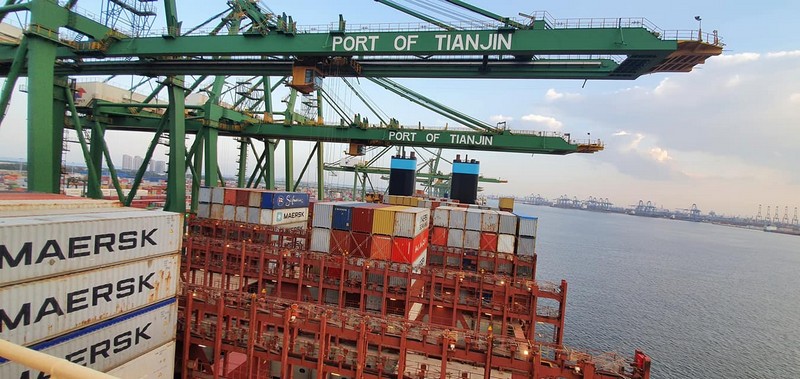
Conclusion
The sea transport route from Vietnam to Shanghai is a critical artery in the global supply chain,
linking Southeast Asia’s vibrant manufacturing sector with China’s dominant logistics hub.
Despite the challenges posed by congestion, regulatory complexities, and fluctuating costs,
the benefits of accessing Shanghai Port—one of the most important ports in the world—are undeniable.
For Vietnamese businesses looking to expand their international reach,
leveraging this strategic route is essential. By staying informed about industry trends,
adapting to shifting market conditions, and investing in robust logistics strategies, companies can continue to thrive in an increasingly competitive global landscape.
As trade between Vietnam and China grows,
and as both countries deepen their economic ties with the world, the Vietnam-Shanghai shipping route will remain a cornerstone of regional and global commerce.
Contact Us for the Best Services

Sea Transport from Vietnam to Ports Worldwide 🌏🚢
If you have any questions or need further assistance, please reach out to us through the following contact information:
📞 Hotline: 090467545 (Mr. Quang)
📧 Email: doanquanglogistics@gmail.com
🌐 Website: indochinaline.com
We are committed to providing high-quality and reliable sea transport services, ensuring maximum satisfaction for our customers.


